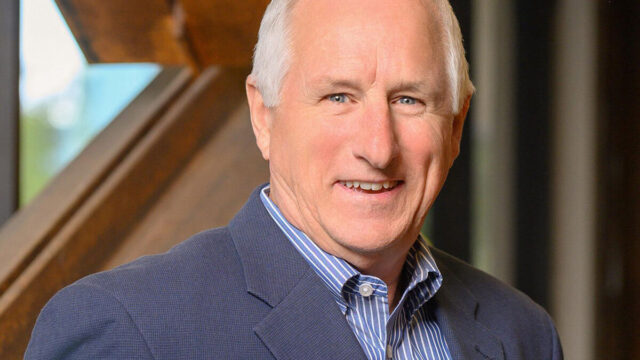Every responsible builder, architect and designer tries to balance several important objectives: complying with budgets, meeting client expectations and minimizing environmental impact. Proper material selection—the foundation of every project—is a vital part of all three aspects of this balanced equation.
Consider polyvinyl chloride (PVC) when you think of sustainable design, cost-effective options, meeting performance requirements and design aesthetics. For the last five decades, PVC’s reliability and affordability have made it a well-known, sought-after material by commercial and residential builders alike. As more and more architects and designers recognize the material’s design-forward versatility and sustainable qualities, PVC is on pace to continue this trend for the next 50 years—and beyond.
PVC as a quality product of choice
From healthcare, to communications, to aerospace to automotive, retailing, textiles and construction, PVC’s proven track record has made it popular among industries.
Its use as a building material can be seen all around us. Vinyl roofing membranes are flexible, lightweight and incredibly resilient, remaining watertight for 25 years even in the face of severe weather. And at the end of its service life, vinyl roofing membranes can be recycled. PVC pipe can be used for everything from water delivery to sprinkler systems; properly designed and installed, it has a service life in excess of a century.
Vinyl fabrics and film, used to make hundreds of products including upholstery, wallcoverings and pool liners, perform consistently while withstanding abrasion, tough stains, sunlight exposure and routine wear and tear. These qualities facilitate ease of cleaning and sterilization, critical in healthcare and hospitality—especially during the COVID-19 pandemic.
Vinyl flooring likewise provides substantial health, safety and performance benefits over other material options. It’s moisture resistant, easily sanitized and durable, all of which make it ideal for use in both residential and commercial settings. Not only does it come in an array of colors and textures, vinyl flooring, like vinyl cladding, can last anywhere from 30-50 years. This long service life limits the use of raw materials for manufacturing and slashes the amount of waste sent to landfills each year.
Safe and sustainable
PVC is a studied and tested material. Decades of research and real-world use have noted the safety and reliability of PVC products time and time again. PVC has a long history of being manufactured responsibly, evidenced by the substantial drop in industry priority emissions since 1987—a reduction of more than 85%—during the same time production volume has doubled. Manufacturers meet all regulatory requirements, and for nearly 50 years there hasn’t been reliable evidence to support claims by PVC opponents that exposure presents any human health risk.
Some vinyl competitors have incorrectly asserted PVC as “virtually non-recyclable.” In 2020, 1.1 billion pounds of vinyl was recycled in the U.S. and Canada, including more than 122 million pounds of post-consumer PVC. Our industry is committed to doing more, and we expect to grow this number by 10% and recycle more than 160 million pounds of post-consumer PVC by 2025. In addition, the facts show very little of the material ends up in landfills. According to the U.S. Environmental Protection Agency (EPA), PVC accounts for less than 1% of the nearly 194 billion pounds of material in U.S. landfills. And on a yearly basis, PVC makes up only 2.6% of all plastics sent to municipal solid waste landfills. PVC stays in use for decades, and when PVC has reached the end of its service life, it can be recycled again and again into new products.
Think of using PVC
Few materials can claim the same environmental benefits when the entire life cycle is taken into account. PVC has a lower carbon footprint than many other alternatives. The vinyl industry takes seriously its commitment to delivering safe, reliable products that consumers, builders, architects and designers can trust.
Monroe is the president and CEO of the Vinyl Institute. In this role, Monroe serves as an advocate for the vinyl industry and leading vinyl resin producers helping to create and execute the strategic focus of the Vinyl Institute to maximize its impact and value. With more than 20 years’ experience in the nation’s capital, Monroe has extensive skills in legislative and regulatory advocacy, as well as communications and association management. Before joining the Vinyl Institute, Monroe was executive director of global public affairs with the SC Johnson Company. He also served as the SVP of external relations for the National Association of Manufacturers and senior positions with the Automatic Merchandising Association, the National Restaurant Association and Associated Builders and Contractors. Monroe serves on the board of directors of the PVC Pipe Association, the Flexible Vinyl Alliance, the Vinyl Sustainability Council and the executive board of the National Capital Area Council of Boy Scouts of America. He is a graduate of the College of William and Mary.
This is a contributed piece to InspireDesign, authored by an industry professional. The thoughts expressed are the perspective of the bylined individual.




